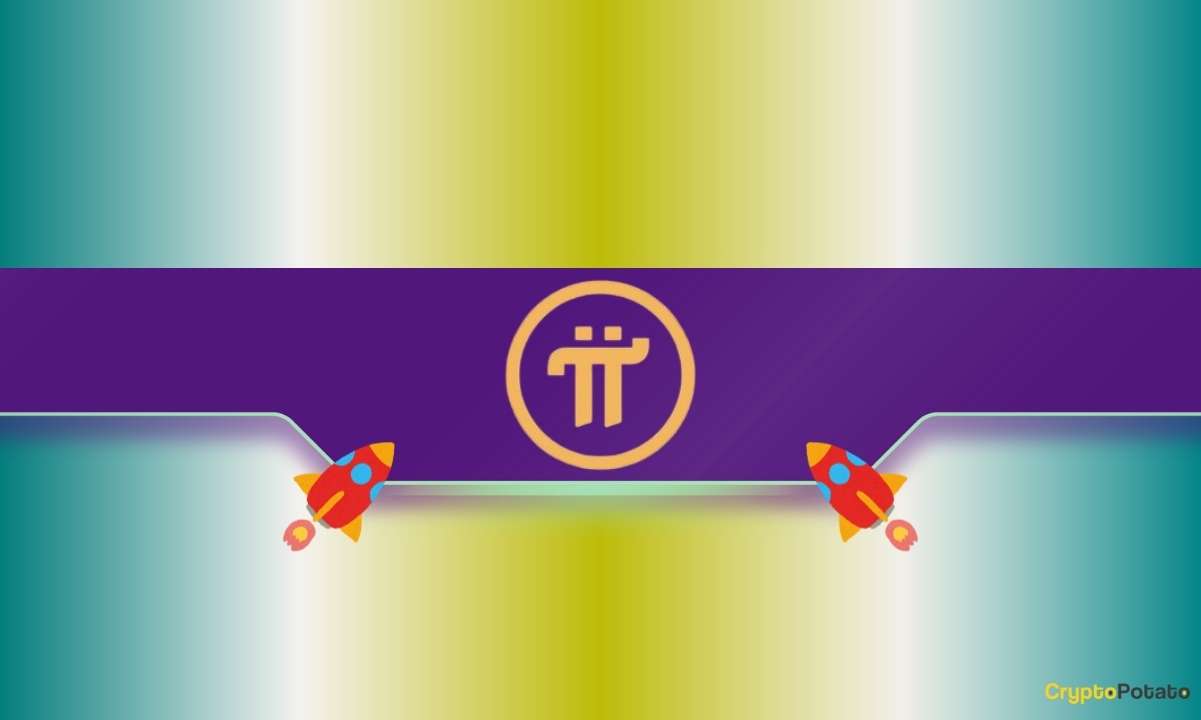Pi Network (Pi) Plunges 28% in June – Here’s Why July Could Spark a Bullish Reversal

Pi Network’s brutal 28% monthly drop has traders sweating—but the storm clouds might be parting. Two stealth catalysts could flip the script this July.
1. The Oversold Bounce Play
Markets love punishing coins that bleed out. But when the crowd’s busy writing obituaries, contrarians see blood in the water—and Pi’s RSI is screaming 'fire sale.'
2. Mainnet Momentum Building
Behind the red candles, Pi’s core team keeps dropping mainnet breadcrumbs. July’s roadmap updates could be the spark that reignites the hype cycle—assuming they don’t pull a classic crypto ‘soon™’ delay.
Let’s be real—most ‘fundamentals’ in this space are just hopium in a trench coat. But even Wall Street’s most jaded quant would admit: nothing pumps a coin like traders front-running vaporware.
Why Is PI Price Falling?
Pi launched to crypto exchanges in February at a price around $0.71. In a matter of days, these new altcoins made their way around to $2.79 per token.
But PI’s price has been rolling down hill ever since, with the exception of a strong six day rally in the first half of May. That may be due mostly to technical market factors.
The new cryptocurrency ran out of buyers after overheating to the $2.79 level and early adopters have been taking profits in another “buy the rumor, sell the news” kind of market.
In addition to that, the Pi Network has been releasing new supplies onto exchanges. As a result, the relative value of each token already in circulation declined.
In uncompromisingly economic markets like cryptocurrency, prices are very sensitive to changes in supply and demand.
Meanwhile, the overall crypto market’s sentiment is bearish, which usually leads traders to go risk off to avoid massive losses in newer, unproven networks.
Nvertheless, here are two reasons this relatively newer cryptocurrency with a total market cap north of $4.75 could be worth looking into according to some analysts.
1. Pi Network Whale Activity Rises
Whale-sized bites of any cryptocurrency are a bullish signal. Just ask Virginia-based Strategy Inc. executive chairman Michael Saylor about Bitcoin.
His company’s whale-sized feeding frenzies on the diminishing supply of fewer than 21 million BTC tokens, spurs on similar behavior from companies hip to crypto, like New York City’s BlackRock, Inc. That creates new support for higher and higher rallies on Bitcoin’s price chart.
Pi has fried some big fish too since launching to crypto exchanges in Q1.
According to earlier reports, someone made a $14 million purchase of Pi tokens made on OKX and transferred to private wallets. That possibly signals some long-term bullishness for Pi from a crypto whale.
Although without staking the tokens, there’s likely not much to stop this wallet holder from selling all at once to swipe profits from a Pi rally or MOVE his capital to another opportunity in Web3.
Pi blockchain data from Pi BlockExplorer also reveals a major buyer purchasing some 290 million Pi tokens over a three month period, valued by markets at around $150 million at the time of the report.
2. PI Price All Time Low, Chance For Value Trade
One of the guiding principles of technical market trading is is called mean regression in the lingo of statistical science.
It means that a data trend in stock or crypto prices with enough volume over a long enough time period tends to return to its average trend line on The Graph after moving away from it given enough time.
With an economy like Pi Network’s, topping a $4.6 billion market cap in June prices NEAR its all time low, a regression to the mean price trend entails a parabolic long-term trend line and a logarithmic scale.
While trading stocks at any other time in history, this WOULD be when the technical trader would spot a trend line rapidly going to zero. But in the short history of cryptocurrencies, only 16 years after the launch of Bitcoin, investors have seen this scenario happen over and over again.
Pi has already made enormous strides in a short time on exchange markets, and the features and benefits of its currency network have a lot in common with many of the other cryptocurrencies that have frequently delivered triple digit plus average annualized ROIs for investors.
If Pi performs like at least a dozen other major altcoins — some analysts see this as a potential reason to be bullish.

